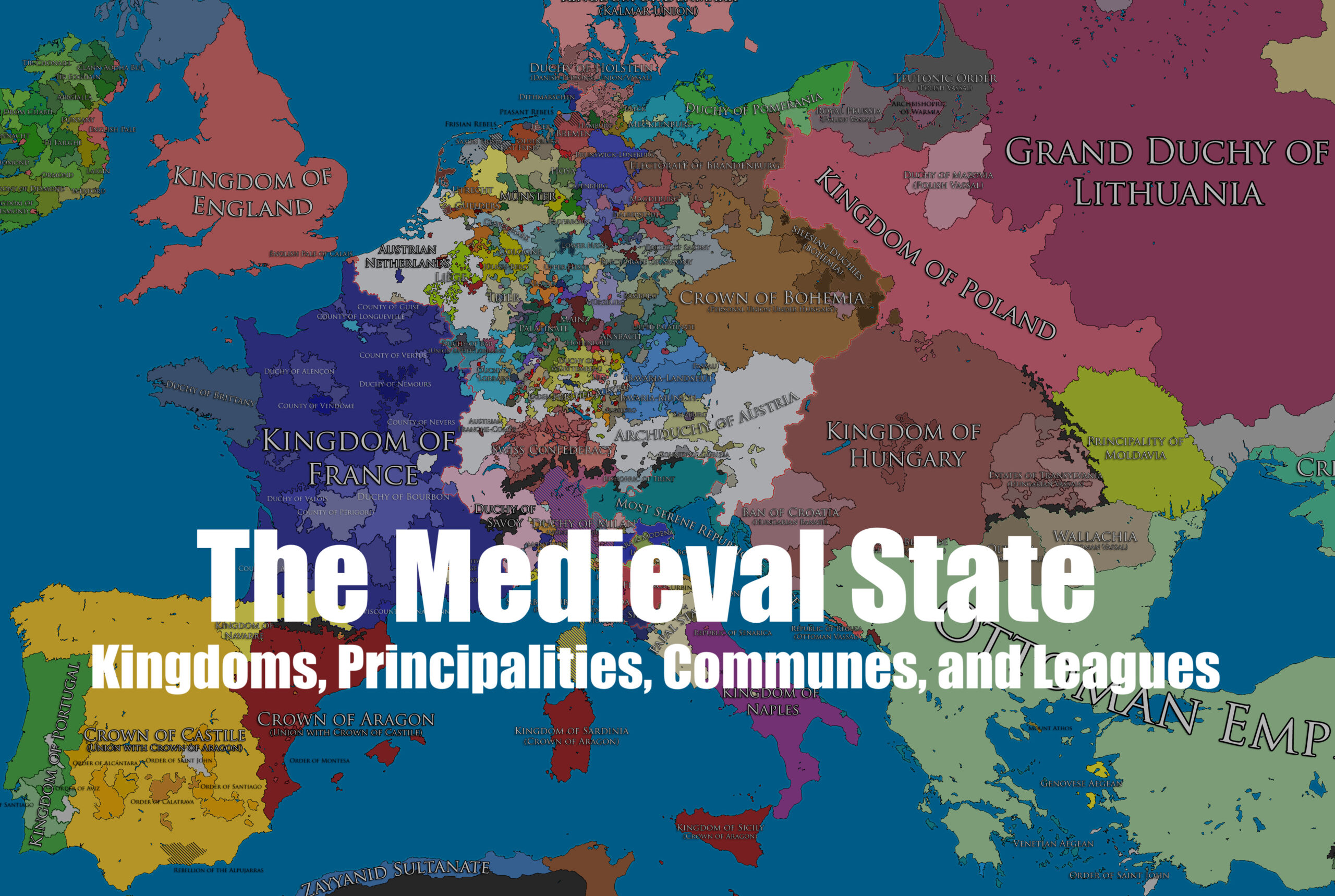
"The medieval political world was characterized by a diverse array of authorities, often overlapping and complex, rather than the tidy image of centralized governance."
"The progressive enactment of governance technologies from the mid-thirteenth to the mid-sixteenth centuries gradually made these political units resemble sovereign states."
"Despite varying regional differences, there was a general tendency across Latin Christendom towards the consolidation of territorial states by the mid-sixteenth century."
"Political units were, during the earlier period, a patchwork of authorities, shaped significantly by the legacy of the feudal era that preceded them."
The medieval world was politically complex, featuring overlapping authorities and self-governing entities rather than centralized states. Beginning in the mid-thirteenth century, new governance technologies led to the gradual pursuit of sovereign statehood, yet the process was neither straightforward nor uniform. Political authorities varied in how they enacted this script, resulting in a mix of territorial integration and fragmentation. By the mid-sixteenth century, however, a trend towards state consolidation became evident, transforming the once porous political entities into more defined territorial states, rooted in the legacy of the feudal system.
#medieval-politics #sovereign-statehood #governance-technologies #political-history #latin-christendom
Read at Medievalists.net
Unable to calculate read time
Collection
[
|
...
]